1. “A great deal of scientific literature appears to be invisible to the research community unless it is electronically accessible – certain research projects are therefore in danger of missing critical information or repeating experiments that have already been undertaken. We should not re-invent the wheel.” Robert Trengove, Tools of the Metabolomics Trade 2. “It is clear that errors made in sampling, sample preparation or sample introduction (injection) cannot be corrected by using even the most advanced MS systems.” Frank David, Three Wizards of Sample Preparation
3. “We need new bioinformatic approaches to combine the proteomic data we generate with other omics data, particularly genomic, but also, metabolomic and lipidomic.”
Barry Karger, Three Gurus of Proteomics
4. “The Moore’s Law-esque advancement in our ability to identify and quantify proteins over the last 20 years is probably one of the few areas where end-users in a field have fully acknowledged the fact that industry has driven much of
the progress.”
Ian Jardine, Building Mass Spectrometry from the Inside
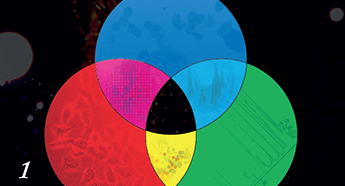
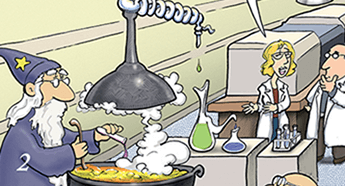
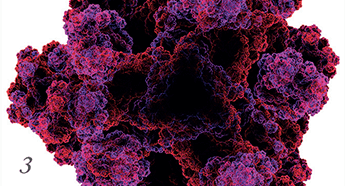
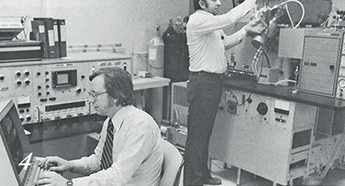
5. “MS imaging technology has matured enough to be applied in the clinic, but small-scale efforts will lead to disappointments; a large-scale infrastructure is needed to take full advantage of the benefits. Investment is essential, as is the concerted effort of all involved.”
Ron Heeren, MS Imaging Targets the Clinic
6. “What is especially interesting is that these biomarkers reflect the risk for dying from very different types of diseases, such as heart disease or cancer. They seem to be signs of a general frailty in the body.”
Johannes Kettunen, Death Card
7. “I’ve noticed that all around me the ‘chemistry’ part of my field is less and less obvious – analytical chemistry has become analytical science (as emphasized by the title of this very magazine!). The problem is that you can’t simply forget about the exciting and interesting chemistry occurring (nowadays very much in the background) to enable a particular analytical method.”
W. Franklin Smyth, Back to School for Pharmaceutical Analysis
8. “A specific sampling process can either be representative – or not. If sampling is not representative, we have only undefined, mass-reduced lumps of material without provenance (called ‘specimens’ in the theory of sampling) that are not actually worth analyzing.”
Kim H. Esbensen and Claas Wagner, Why We Need the Theory of Sampling
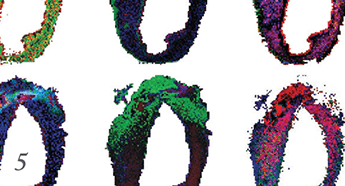

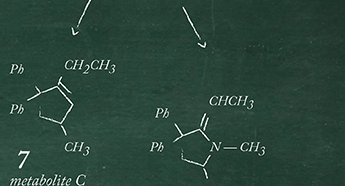

9. “Organic contaminants can undergo bio-transformation once they are in the environment; for example, a pharmaceutical rarely exits the human body in its original form but rather as a more polar metabolite that enters the environment through the sewage system. Such transformation products should get more attention. Are they present and, if so, at what levels and risk?” Annemieke Kolkman, H2OK? 10. “The big change in analytics is the migration from generating analytical data to generating actionable, affordable information.” George Whitesides, Using Simplicity






